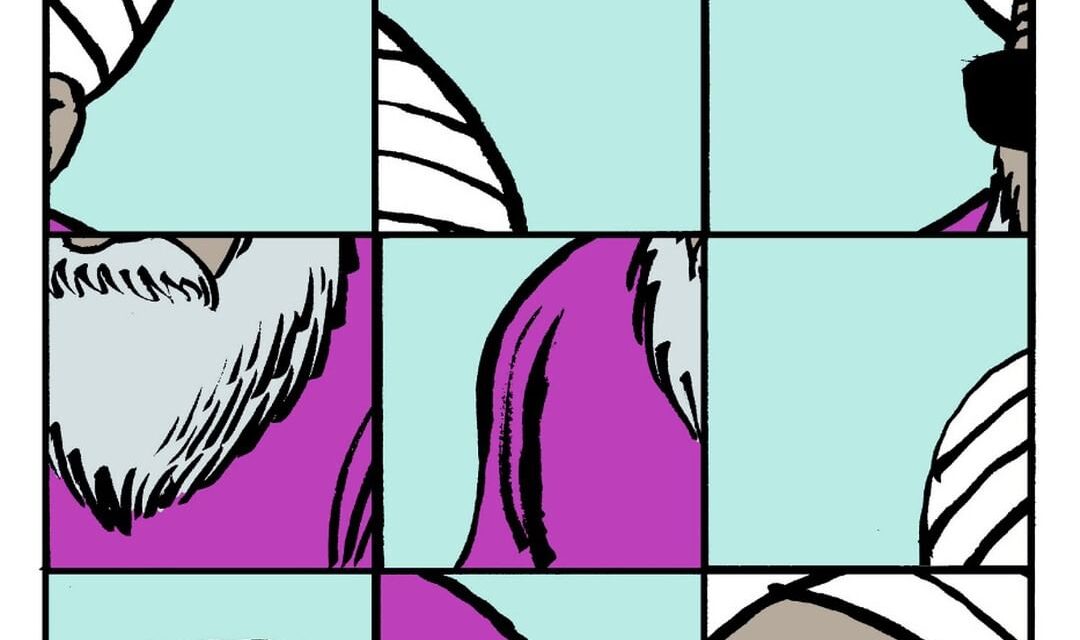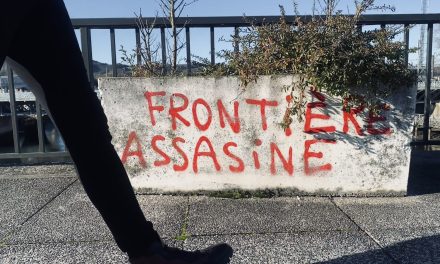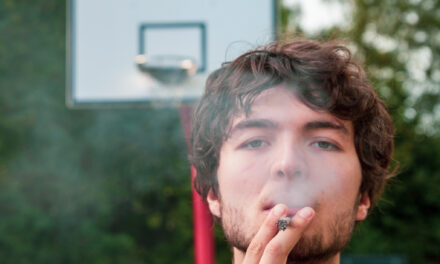on January 7th, 2015, Charlie Hebdo’s offices were invaded and attacked as an act of terrorism. The French satirical newspaper published cartoons about the prophet Mohammed. And now, five years later, teacher Samual Paty, a French history teacher was beheaded after showing a cartoon of the prophet Mohammed in class. Teachers are being threatened and go into hiding, all because of a cartoon. Dutch Prime Minister Mark Rutte said that every teacher should be able to show every cartoon, but with events like these shouldn’t teachers be more careful? And should cartoonists watch out for what they draw?
A Dangerous profession
Kim Duchateau, cartoonist for Apache magazine, Eppo, and the Playboy amongst others has been drawing cartoons professionally since 1996. Over the years, the profession of cartoonist has changed for him. After the attack on Charlie Hebdo, he started to see his profession as a dangerous one, which he never expected it to be.
“When you think of dangerous professions, I would think of a window washer hundreds of meters high up in a building. But nowadays sitting behind your desk and drawing up a cartoon apparently is also not safe.”
Duchateau himself also made cartoons with the prophet Mohammed in them. An Illustration where Mohammed was cut into pieces and a puzzle where you, as a reader had to ‘put together Mohammed, at your own risk’. Duchateau dared to do it like this because Mohammed was not instantly recognizable. But his family also sees the danger in his drawings. His wife at the time pointed out that by publishing this cartoon he puts them also at risk, and that an address is found quite easily.
Duchateau is strongly against censorship and thinks that you should be free to make a joke or cartoon about everything. But there is a difference between drawing up a joke and drawing a cartoon just to shock or anger people. Cartoonists at the beginning of their careers tend to test the limits because shocking people grabs attention. Duchateau did this too but finds it now after years of experience too convenient and useless.
“It’s really easy to make a shocking cartoon, you just grab a couple of elements of which you’ll know people won’t like and you draw it. But that won’t mean you made a very good joke, you’ve only made people angry.”
But even though Duchateau thinks you should be able to laugh about everything there are certain sensitivities. He thinks that when drawing cartoons you should not go for the victims in the story or focus on one specific target.
“If you go for the victims, you’ll only bring them more down than they already are. And when you target a certain person, and always chose to draw that person, that just gives me a bit of a ‘bully on the playground’ feeling. Cartoons should be about the powerful ones, the rulers, or the villains in the world.”
Context is Key
Thomas Korporaal, civics teacher was shocked by the murder of Samual Paty. As a teacher it made him think about his profession, but he does not think it should have an impact on how he practices it. For Korporaal, the right to freedom of speech is very important and he thinks being able to show cartoons in class is part of that constitution. But he does think you should only show cartoons in the right context.
“As a teacher, you don’t go showing cartoons on purpose just to provoke your students. But when discussing Charlie Hebdo, you can show cartoons in that context.”
When showing cartoons, Korporaal thinks it’s best to show multiple ones and multiple religions. This way he thinks students will not get the feeling a teacher just targets one certain religion. Korporaal himself is not afraid of threats. This also because he teaches at a high school where most of the students have a Western background. But he does understand that teachers from other schools would experience this differently.
“I can imagine that teachers from schools with more cultural backgrounds will not show cartoons anymore, to avoid confrontation. Which I completely understand, but I do find this sad because I find that this way you succumb to the fear and terror”
Melissa Barzilay teaches civics at a high school with lots of cultural backgrounds. For her, the context is also very important when showing cartoons. She finds it important to know as a teacher why you want to show a certain cartoon, what you want to achieve with it and the cartoon should always be shown in the right context. Some of the recommended study material Barzilay does not use. Because the material sometimes seems unnecessary and would maybe hurt students’ feelings.
“Yes, we have a right to freedom of speech, but we also shouldn’t hurt people.”
Shams Shariar grew up in Bangladesh where 90% of the population is Muslim. I talk with him about his view on past events and how he perceives it as a religious man.




